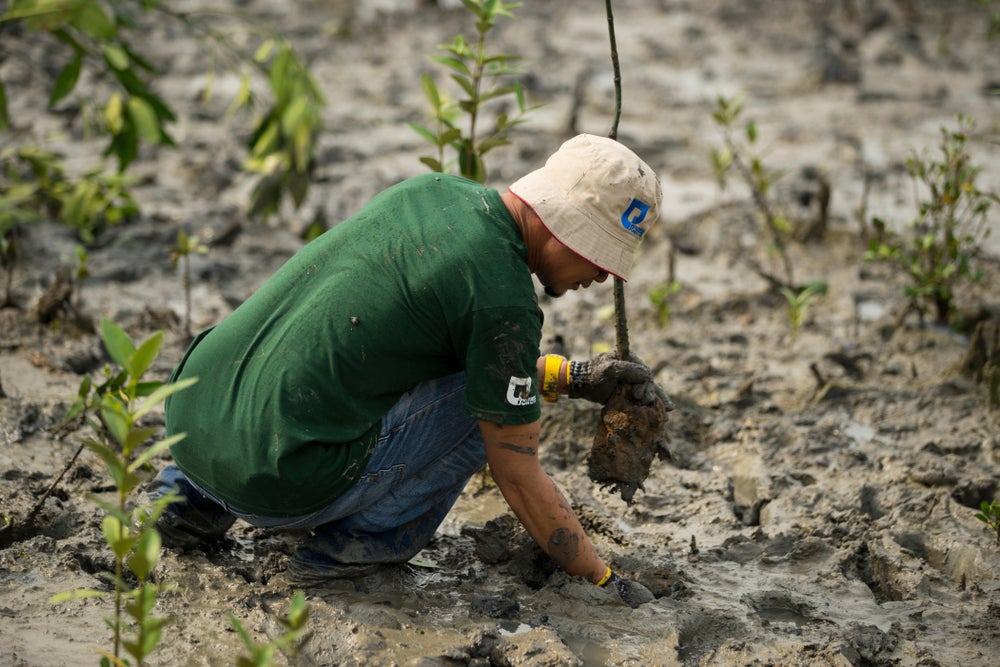The world will need at least 70–220 gigatonnes (Gt) of carbon removals between now and 2050 to limit emissions to a level compatible with globally agreed climate objectives. However, voluntary carbon markets are only likely to deliver a third of the 3.5Gt per year required by 2030, according to new analysis by climate change think tank the Energy Transitions Commission.
The removals could be achieved through a combination of natural climate solutions (NCS), such as reforestation and improved soil management; engineered solutions, including direct air capture of CO2; and hybrid solutions, including bioenergy combined with carbon capture and storage, according to the report.

The initial bulk of investment should go towards reforestation and other NCS, alongside early scale-up support for engineered and hybrid solutions, states the think tank. However, in the 2030s and 2040s, the portfolio is likely to shift towards hybrid and engineered solutions as these newer technologies scale, bringing down costs and increasing availability.
The analysis estimates a feasible scenario would see removals grow to reach 3.5Gt per annum by 2030, and could deliver around 165Gt of cumulative sequestration over the next 30 years. However, that would require a massive ramp up of financial support from both governments and corporates. Current funding for emissions removal is less than $10bn per year, with voluntary carbon markets delivering ten megatonnes of removals – equivalent to less than 0.1% of global emissions.
Reaching 3.5Gt per year by 2030 would require annual investment of more than $200bn a year, the analysis concludes. Over the next three decades, sequestering 165Gt would require investment of around $15trn – equivalent to around 0.25% of projected global GDP over the period. By contrast, the required investment in clean power is around 1.5% of GDP over the same period.



